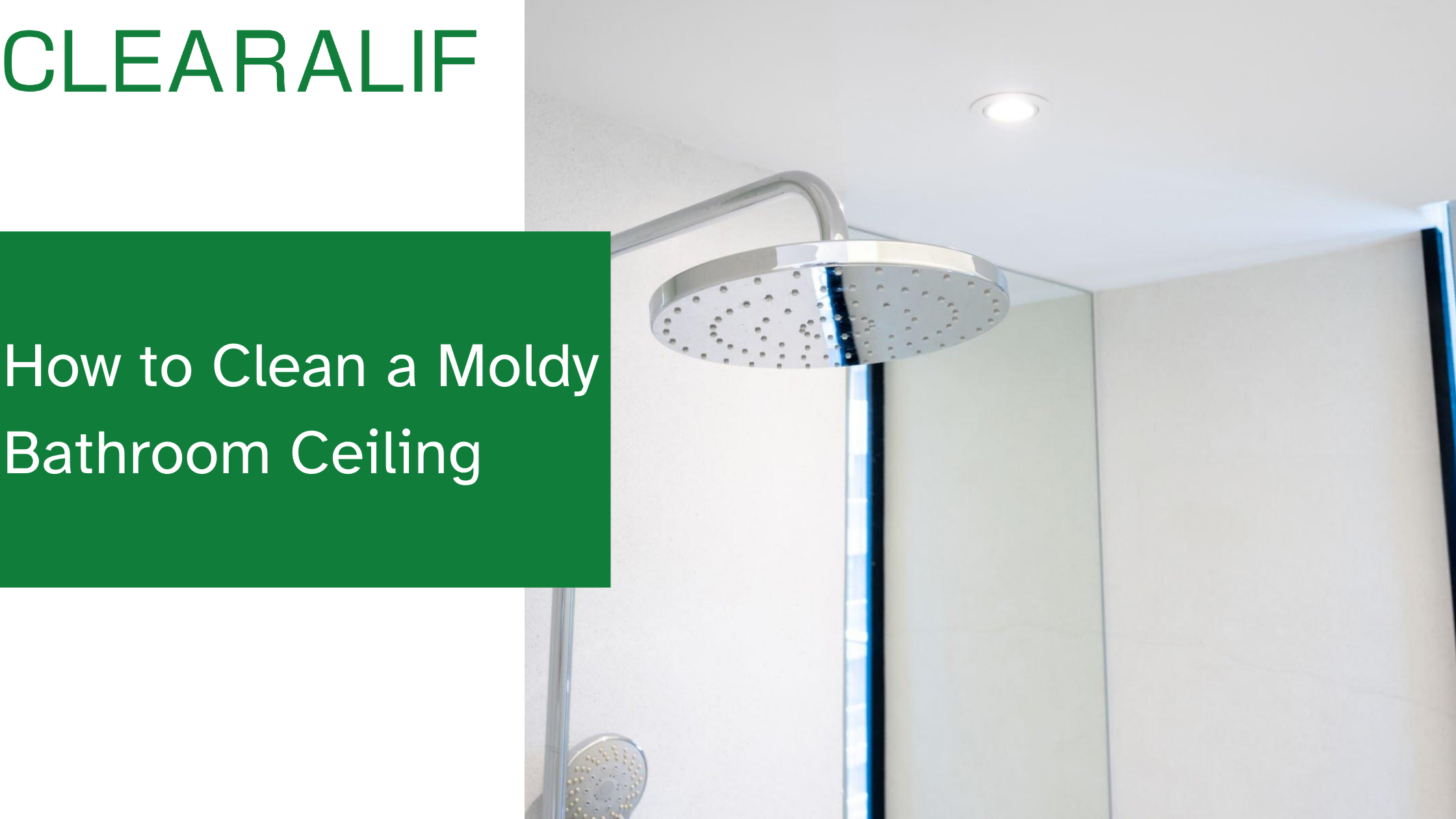Keeping your bathroom sink drain clean is essential for maintaining a healthy, odor-free bathroom. Over time, the drain can become clogged with soap scum, hair, and other debris, causing slow drainage and unpleasant odors. While calling a plumber is always an option, cleaning the drain yourself is usually quick and easy. In this guide, we’ll walk you through the process step-by-step, so you can keep your bathroom sink drain running smoothly.
Understanding the Common Causes of Bathroom Sink Drain Clogs
Before diving into the cleaning process, it’s important to understand what causes bathroom sink drains to clog in the first place. Common culprits include:
Hair Buildup
One of the most common causes of clogged bathroom drains is hair. Hair can easily accumulate in the drain, getting tangled with other debris and eventually forming a blockage.
Soap Scum
Soap scum forms when soap mixes with hard water minerals, creating a sticky residue that clings to the walls of the drainpipes. Over time, this can narrow the pipe and cause clogs.
Mineral Deposits
If you live in an area with hard water, mineral deposits like calcium can build up in your pipes, contributing to clogs over time.
Foreign Objects
Sometimes small objects like toothpaste caps, jewelry, or even debris from personal care products can slip down the drain and cause blockages.
Signs Your Bathroom Sink Drain Needs Cleaning
There are a few telltale signs that your sink drain is in need of some cleaning attention:
Slow Drainage
If water is taking longer than usual to drain from your sink, this is a key indicator that there’s a blockage forming.
Gurgling Sounds
Unusual noises, like gurgling or bubbling, coming from the drain indicate that air is trapped in the pipes due to a clog.
Unpleasant Odors
A foul smell coming from your sink is often a sign that something is stuck in the pipes, decaying and causing odors.

Tools and Materials You Will Need!
Cleaning your bathroom sink drain doesn’t require many tools, and you likely already have most of them at home. Here’s what you’ll need:
Basic Cleaning Tools
- Rubber gloves
- A bucket
- A screwdriver (if you need to remove the drain stopper)
- An old toothbrush for scrubbing
- Plunger (optional)
- Drain snake (optional)
Chemical-Free Cleaning Options
If you prefer to avoid harsh chemicals, you can clean your drain using simple household items like:
- Boiling water
- Baking soda
- Vinegar
How to Clean a Bathroom Sink Drain Using Boiling Water
Boiling water is one of the easiest ways to clear minor clogs and remove soap scum buildup. Here’s how to do it:
Step-by-Step Guide
- Boil a kettle or pot of water.
- Carefully pour the boiling water down the drain in stages, allowing it to sit for a minute or two between pours.
- Repeat this process 2-3 times.
Why Boiling Water Works
The heat from the boiling water helps dissolve soap scum and grease, clearing away minor clogs and residue.
How to Use Baking Soda and Vinegar for Drain Cleaning
Baking soda and vinegar are a natural, chemical-free way to tackle more stubborn clogs.
Step-by-Step Process
- Pour half a cup of baking soda down the drain.
- Follow with half a cup of vinegar.
- Cover the drain to contain the fizzing reaction and let it sit for 15-20 minutes.
- Rinse with hot water to flush away any remaining debris.
Benefits of Using Natural Cleaners
Using baking soda and vinegar is not only safe for your pipes, but it’s also environmentally friendly. It helps break down organic materials without the need for harsh chemicals.
Using a Plunger to Clear Stubborn Clogs
For more persistent clogs, a plunger might be necessary. Here’s how to use one effectively:
Effective Plunging Techniques
- Ensure there is enough water in the sink to cover the plunger.
- Place the plunger over the drain and push down firmly, then pull up quickly.
- Repeat several times until you see the water draining properly.
When to Use a Plunger
A plunger is especially useful when hair or larger debris has caused a blockage deep in the drain that simpler methods can’t dislodge.
The Power of a Drain Snake
For clogs that are deep in the pipes, a drain snake (also known as a plumber’s auger) is a great tool.
How to Use a Drain Snake
- Insert the snake into the drain until you feel resistance.
- Turn the handle to “hook” the clog and pull it out.
- Continue this process until the blockage is cleared.
Choosing the Right Drain Snake
A small, flexible drain snake is ideal for bathroom sinks, as it can easily navigate the narrow pipes.
How to Remove and Clean the Sink Stopper
In many cases, debris builds up around the sink stopper, causing slow drainage.
Why the Stopper is Often the Culprit
Hair and soap scum tend to gather around the stopper, which can block the drain. Removing and cleaning it regularly can help prevent this.
Cleaning the Stopper Effectively
- Use a screwdriver to remove the stopper.
- Scrub the stopper with an old toothbrush to remove any buildup.
- Rinse thoroughly and reinsert the stopper.
Preventing Future Clogs
Once you’ve cleaned your bathroom sink drain, a few simple habits can help prevent future clogs.
Regular Maintenance Tips
- Run hot water through the drain after each use to help prevent buildup.
- Clean the stopper regularly to remove hair and debris.
Installing a Drain Cover
A drain cover can catch hair and other debris before it enters the pipes, making it easier to clean and preventing clogs from forming.
When to Call a Professional Plumber
Sometimes, despite your best efforts, a clog is too stubborn to remove on your own. Here’s when it’s time to call a professional plumber.
Signs the Problem is Beyond DIY
- The clog persists after multiple cleaning attempts.
- Water is backing up into the sink or elsewhere.
- You notice leaks or damage to the pipes.
What a Plumber Can Do That You Can’t
A plumber has specialized tools and equipment, such as hydro-jetting or professional-grade snakes, to clear stubborn clogs and diagnose any underlying issues with your plumbing system.
Final Thoughts on Bathroom Sink Drain Cleaning
Keeping your bathroom sink drain clean doesn’t have to be a difficult task. By understanding the causes of clogs and using simple tools like boiling water, baking soda and vinegar, a plunger, or a drain snake, you can ensure your sink stays free from blockages. Regular maintenance, like cleaning the stopper and using a drain cover, will help prevent future clogs, saving you time and effort in the long run.
FAQs
How often should I clean my bathroom sink drain?
It’s a good idea to clean your bathroom sink drain once a month to prevent buildup and keep everything running smoothly.
Can I use bleach to clean my bathroom sink drain?
Bleach can disinfect the drain but isn’t great for removing clogs. Stick to baking soda and vinegar or use a drain snake for better results.
What should I do if boiling water doesn’t work?
If boiling water doesn’t clear the clog, try using a plunger or a baking soda and vinegar solution for a more thorough clean.
Is it safe to use commercial drain cleaners?
While commercial drain cleaners can be effective, they are often harsh and can damage your pipes over time. Natural methods are usually safer.
How do I prevent bad smells in the sink drain?
Regularly flushing your drain with hot water and using baking soda and vinegar can help eliminate bad odors caused by trapped organic matter.







Leave a comment
This site is protected by hCaptcha and the hCaptcha Privacy Policy and Terms of Service apply.